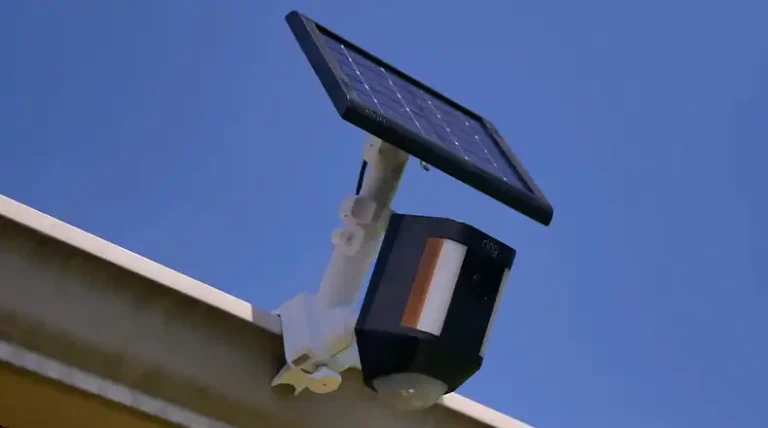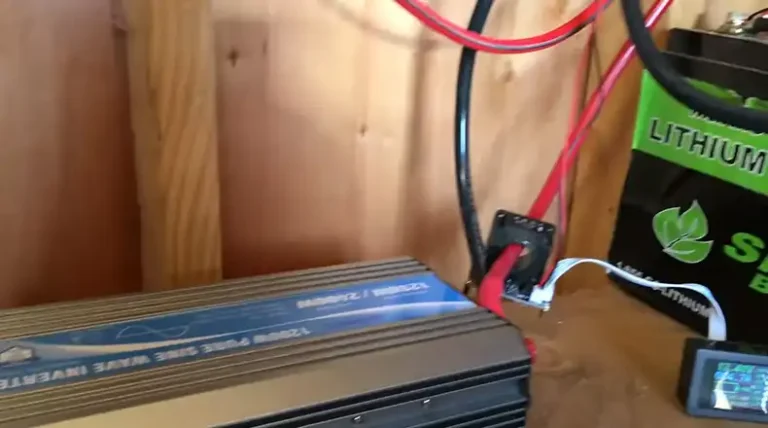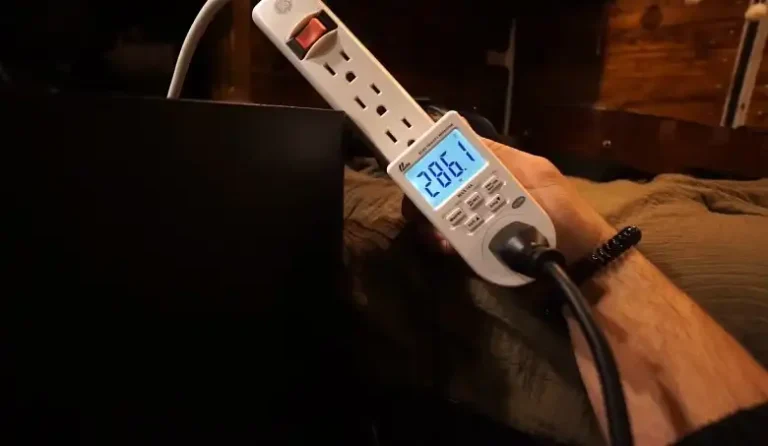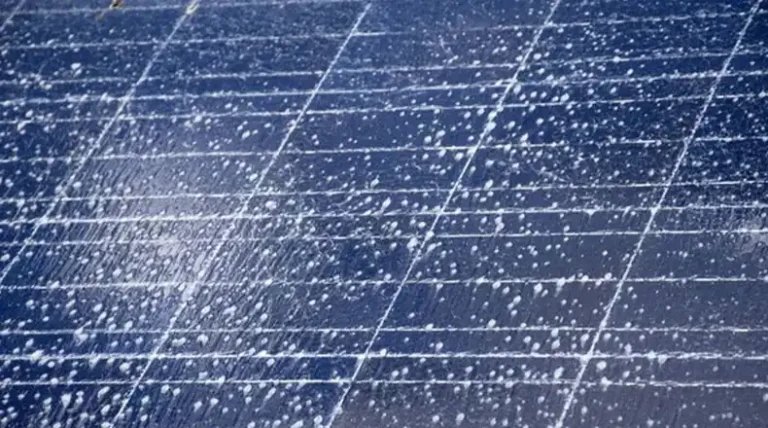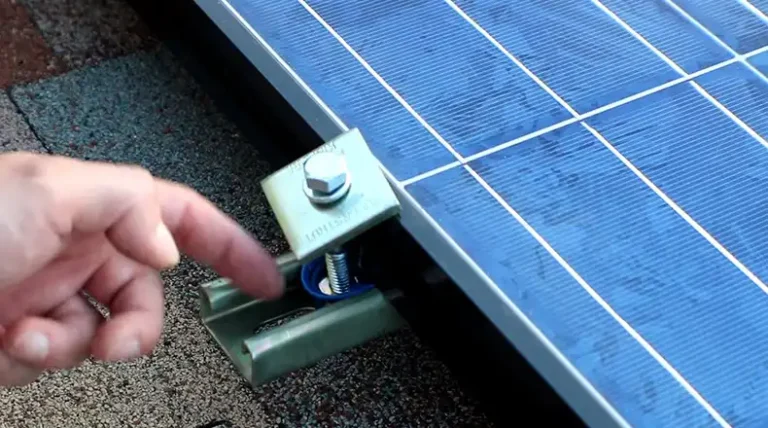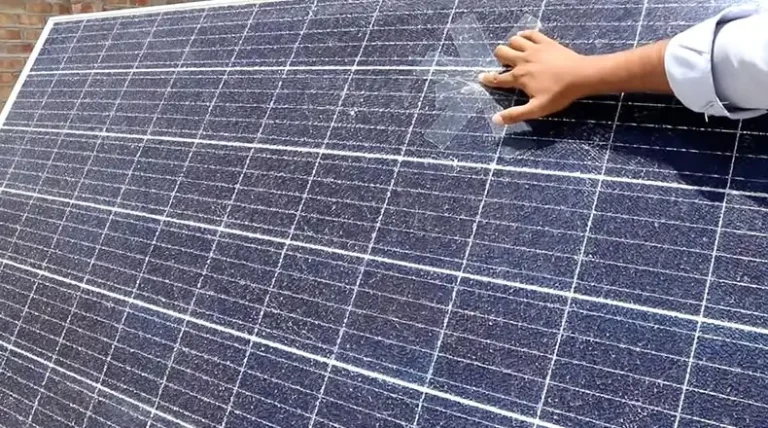Solar Power System for RV Owners | Helpful Guide
As an RV owner who loves getting off-grid, having access to solar power provides me with the ability to boondock in beautiful natural locations without worrying about running out of electricity. However, configuring the optimal solar setup took some learning. In this article, I’ll break down the different solar options for powering an RV and provide recommendations based on my experience installing these systems. Solar can make you fully power autonomous whether you need to run a refrigerator, AC, or just charge devices. The freedom is awesome!
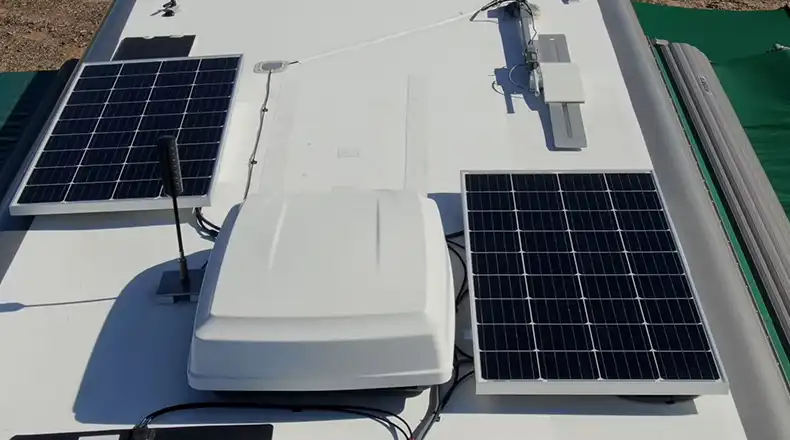
Different Solar Power Systems for RV Owners
Two main types of solar systems are used for RVs—fixed roof-mounted panels and flexible portable panels. Each has its pros and cons in terms of performance, installation, cost, and mobility. Let’s unpack both options:
Fixed or Rigid Solar Panels
This refers to the classic solar panels with photovoltaic cells encased in glass and framed in aluminum. They are mounted fully to the roof either with lag bolts secured to the frame or using special RV brackets that glue or weld onto the roof surface.
The fixed panels don’t move or adjust angles—they sit flush and permanently to maximize solar production year-round regardless of which direction I’m driving or parked. This allows the roof to generate a lot more total energy over flexible options, especially boondocking for weeks at a time.
Flexible or Portable Solar Panels
As the name suggests, these solar panels remain movable and aren’t permanently attached to the RV exterior. There are convenient magnetic panels that stick to a steel roof. More commonly for fiberglass roofs, RV owners use flexible panels that curve and bond directly onto the roof with special adhesive.
Portable briefcase-style solar generators fold open to access the panels inside and sit on the ground or mounted. All the wiring and conversion components are self-contained. Consider these all-in-one run-and-gun solar kits if you value convenience and mobility over maximizing solar production.
Components of Fixed Roof Mounted Solar Power Systems
To properly size and install fixed roof panels that can reliably power an RV, you need 5 main components:
Solar Panels
There you will different types of solar panels available – monocrystalline, polycrystalline, and amorphous panels are found mostly on the RVs. Among these three, rigid monocrystalline or polycrystalline solar panels with a power output of 300 to 400 watts from reputable brands like Renogy, Rich Solar, and Grape Solar are recommended for RV solar power systems. These types of panels are efficient, durable, and reliable, making them well-suited for the demanding conditions of RV travel. Amorphous efficiency, compared to mono and poly, falls short. Originally used for first-generation RVs.
Mounting System
RV-specific aluminum solar panel mounting frames with integrated wire channels and conduit ports are recommended for weatherproof installation. These mounting frames are designed to withstand the rigors of travel and provide a secure attachment for the solar panels. Zamp Solar, Eco-Worthy, and RV Rooftop Solar are reputable brands that offer high-quality mounting racks.
Wiring and Controllers
A minimum of 10 AWG copper wiring is recommended to handle the high amperage output of the solar panels safely. This wiring should be properly sized and routed to minimize voltage drop and ensure efficient power transfer. Fuses, disconnects, and adequate grounding are also essential components that protect the solar power system from electrical hazards.
MPPT (Maximum Power Point Tracking) charge controllers are recommended to maximize solar input and properly regulate the charging of the batteries. These controllers optimize the performance of the solar panels and ensure that the batteries are charged efficiently and safely. Victron, Renogy, and Midnite are reputable brands that offer high-quality MPPT charge controllers.
Batteries
Lithium iron phosphate (LiFePO4) batteries are the preferred choice for RV solar power systems due to their excellent performance, long lifespan, and safe chemistry. These batteries offer a high energy density, allowing for more storage capacity in a smaller physical space. Battle Born is a premium brand of LiFePO4 batteries that provides 100Ah to 200Ah capacity models, suitable for extended boondocking adventures.
Inverter
To power household AC appliances and outlets, an adequate wattage inverter is required. The inverter converts the direct current (DC) electricity from the solar panels and batteries into alternating current (AC) electricity, which is compatible with most RV appliances and devices. Magnum and Outback are reputable brands that offer high-quality inverters for RV applications.
Components of Flexible Solar Systems
Here are the main pieces needed for a removable flexible solar installation:
Flexible Solar Panels
For flexible solar panels, you will get two common types of panels – thin-film solar panels with photovoltaic material printed onto a flexible surface and a crystalline silicon option with very thin silicon wafers. If you want a supreme leader to sit on the throne then you should go for the crystalline silicon. Though these panels are expensive, can provide better results than thin-film panels.
Cabling
Weatherproof 10 AWG copper wiring is recommended for the exterior routing of the solar panel cables to the charge controller and battery bank. This wiring is designed to withstand harsh weather conditions and ensures safe and efficient power transfer. MC4 connectors, with their quick-connect and lock-in features, simplify the process of connecting multiple solar panels.
Charge Controller
An MPPT (Maximum Power Point Tracking) charge controller from Victron, Renogy, or other reputable brands is essential for optimizing the performance of flexible solar panels and properly regulating the charging of the batteries. These controllers work by maximizing the power output of the panels and ensuring that the batteries are charged efficiently and safely.
Mounting Option
The ideal mounting location for flexible solar panels is a well-ventilated area on the RV’s roof with minimal curvature. Before installation, the surface should be thoroughly cleaned to ensure proper adhesion. RV sealant should be applied at cable roof penetrations to prevent water ingress and maintain the integrity of the RV’s structure.
Z Brackets
Optional aluminum Z brackets can be used to secure the cabling tightly along the roof while providing clearance between the panels and the surface. These brackets help to organize the cabling and prevent it from becoming entangled or obstructing airflow.
Pros and Cons of Flexible and Rigid Solar Power System
Here are the pros and cons of fixed and portable solar power systems for RVs:
Fixed Roof Mounted Solar
Pros:
- Highest electricity production and most cost-effective over time
- Permanently mounted panels maximize solar collection
- Can build very large solar systems if roof space allows
- Lower cost per watt over portable generator kits
- More flexibility in system design and component selection
Cons:
- Installation is more complex and usually needs professional help
- Penetrations in the roof required for mounts
- Panels produce drag and wind resistance
- Removing or changing the fixed design is difficult
- Upfront system costs can be very expensive
Portable Solar Power System
Pros:
- Extremely simple “plug-and-play” setup
- Fully self-contained, no complex installation
- Compact and highly portable
- Pre-installed components work seamlessly
- Most budget-friendly PV option for basic needs
Cons:
- Roof space is unused so lower total output
- Limits on solar panel capacity
- Built-in components are less customizable
- Batteries must be charged via panels
- Can’t expand solar arrays conveniently
Which is Better Between Fixed and Portable Solar Systems for RV Owners?
Determining whether to go with a fixed roof array over portable solar depends on your specific RV and power needs:
For minimal or occasional solar charging – Briefcase style solar generators provide a super simple plug-and-play charging solution. Easy to store and move around to catch sunlight spots. Size options from 100W to around 2000W.
For boondocking off-grid for many weeks at a time – Fix mounted solar panels with batteries can harvest way more energy over time at lower prices per watt. Requires professional electrical installation but will pay for itself quickly if used continuously.
For DIY installers confident working on roof electrical – Flush mounted solar, despite higher labor intensity, grants you full custom control over sizing solar system to your RV’s electrical loads and available roof square footage.
For renting an RV or needing solar mobility – Flexible panels make removing the system fast and easy when changing locations or vehicles frequently. No roof penetrations either. Output is lower than rigid equivalents though.
For already built RVs with limited roof space – Retractable or portable ground mount solar is an option. Takes up storage space but allows angling panels at the sun when the roof is unavailable.
Key Considerations for Building Out an RV Solar Power System
Taking your RV off-grid with solar power grants you independence from campground electrical hookups and harmony with nature. However, designing a solar system requires thoughtful part selection and installation to thrive reliably. Below I detail crucial guidance for RV owners looking to electrify sustainably.
Choosing High-Performance Solar Panels
The photovoltaic solar panels directly capture sunlight and transform it into usable electricity. Their efficiency and positioning are paramount to generating ample electricity. Here is advice for picking panels that produce reliably year after year.
- Invest in premium efficiency panels with full, uncut solar cells despite higher costs
- Prioritize higher peak watt ratings and smaller panel square footage
- Verify documented minimum panel output from manufacturers, not just maximum
- Choose reputable solar brands known for consistent quality manufacturing
Mounting Solar Panels for Optimal Sunlight Capture
Solar panels can’t create energy without consistent exposure to direct sunlight. Properly situating and securing panels on the RV roof ensures you maximize solar energy harvest each day.
- Survey RV roof and map out sections with the best sun exposure over the year
- South and west-facing zones tend to receive peak sunlight hours
- Apply self-leveling sealant under rigid panel brackets for security and stability
- Flexible panel adhesives like 3M VHB tape enable simple repositioning
Selecting the Right Battery Bank for Energy Storage
Batteries store the energy from solar panels for on-demand use when the sun isn’t actively out. Choosing batteries with sufficient capacity and lifespan prevents losing power quickly.
- Audit all RV appliances’ electricity loads to properly size battery capacity
- Currently, AGM lead-acid batteries offer the best value for money over lithium
- Select reputable battery brands emphasizing heavier lead content weights
- Cross-reference battery warranties for indications of longer usable lifespans
- Connect 6V or 12V batteries in series/parallel to achieve needed voltage and amp capacities
Wrapping Up
Installing solar panels on your RV provides the power to head out into nature away from electrical hookups indefinitely. Choose fixed-mounted arrays for maximum energy harvest potential to thrive boondocking long term. Flexible panels and solar generators offer easier mobility for shorter trips or supplemental solar output needs. With some strategic planning and properly sized components, you’ll enjoy energy autonomy in your tiny home on wheels!
What solar power setup works best for your RV lifestyle? Ask any questions below! I’m happy to chat more about energy freedom for RVers and van lifers. Safe travels and happy trails my friends!
Questions You May Ask Also
What are the Best Solar Panels for an RV Roof?
For RV applications, I recommend 300-watt to 400-watt monocrystalline panels from Renogy, Rich Solar, or Grape Solar installed flush to the roof with special mounts.
How Many Solar Panels Does an RV Need?
It depends on your electricity usage. Plan for 200 to 800 watts of solar per person occupying the RV full time. Supplement with alt energy sources like wind, and generator.
Can Flexible Solar Panels be Installed on an RV Roof?
Yes, flexible panels with adhesive backing specifically for exterior automotive use can safely bond to a textured RV roof. Ensure proper panel clearance and weatherproof wiring connections.
What Size Battery Bank Do I Need for RV Solar?
For extensive boondocking, plan for 100 to 400 amp hours of lithium iron phosphate batteries, charged by solar array sized 25%-30% larger than battery capacity.
Will Solar Power My RV Air Conditioner?
Yes, given adequate solar panels (1400+ watts), large battery storage (400Ah+), and 2000W+ inverter, solar can run an RV roof AC without the need for a generator or shore power.

